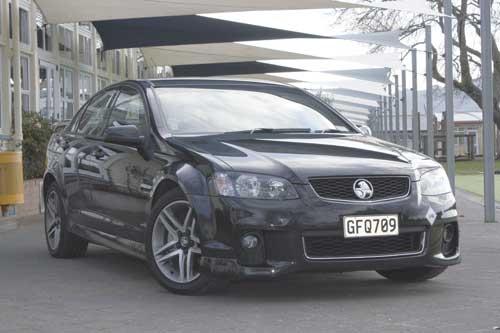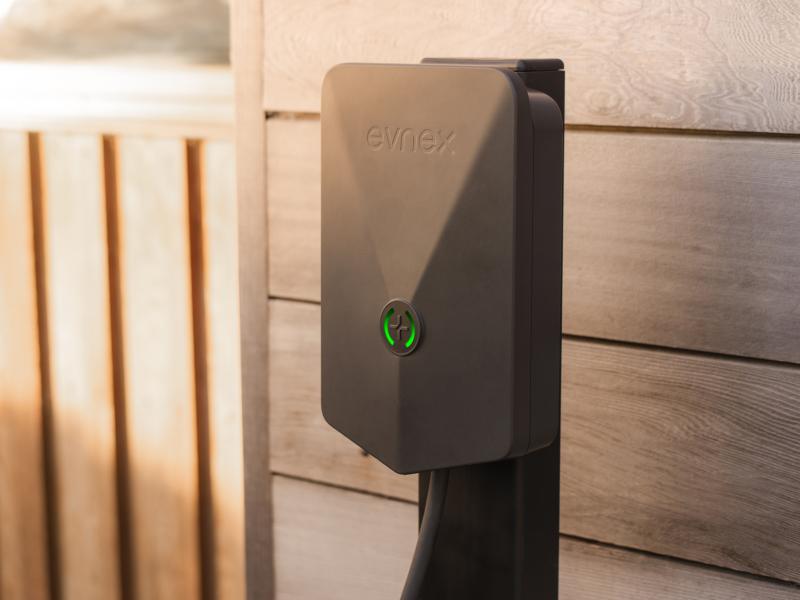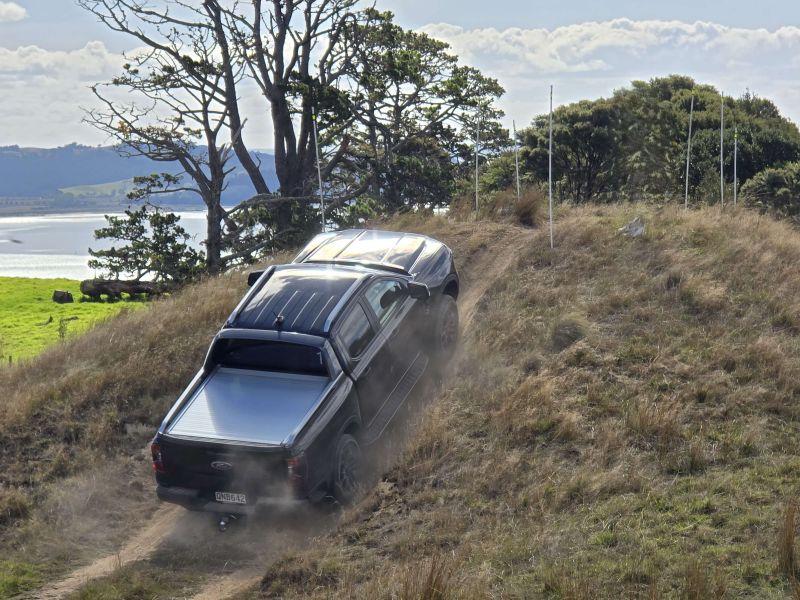Driving a car for a week or so gives a good indication of its abilities. But if you really want to get down to the nitty-gritty, a longer period is required. Here’s John Oxley’s take after a month in our long-term Holden Commodore SV-6 LPG.
It’s amazing. The more research you do into a subject, the more you disc over just how much you don’t know.
This was made quite clear when we received a call from Rockgas, which is part of Contact Energy, telling us all about the Rockgas Auto LPG Fuel Card, and the quite large savings that can be made by using this card, which is accepted at more than 200 fillings stations across New Zealand.
We had already been blown away by the savings you can get just by using LPG gas from a normal service station, where you can expect a price of around $1,30 a litre. However, the downside is that the Commodore uses more LPG than it does petrol (thanks to the differences in calorific value).
Based on travelling 1,000km a month, using petrol you’ll spend $196 a month in your Commodore SV-6. Use regular LPG service station gas, and this drops to $153 a month. However, if you get a Rockgas card, you’ll be paying $137 a month. And if you’re a corporate Rockgas client, this could drop even more!
For those who like their maths, that’s a saving of around 30 percent, which you won’t even get from diesel (adding in the RUC), and even if there was a diesel Commodore available, which there isn’t!
But there are other benefits of using LPG. First up, it’s a locally-sourced fuel. Secondly, it’s considerably cleaner than either petrol or diesel in terms of the environment, with the main by-products carbon dioxide and water. Lastly, in terms of actual CO2 emissions, it produces about 14 percent less than petrol.
Is it freely available? At last count the LPG Association of New Zealand says there are more than 570 LPG refuel points around the country, which certainly takes away lack of availability as an issue for fleet use.
Pretty convincing case. But what are the downsides?
Well, one of them is certainly not filling up. Drive alongside the LPG pump at the service station, flip open the normal fuel filler cap on the side of the Holden (where you’d put in petrol in other models), and there’s a threaded pipe. This matches up to the filler valve at the pump handle, and you simply screw it on. There’s no chance of gas escaping (well, just a wee whiff) and you then you pump in the gas as you would with petrol or diesel.
One big difference (at least at the stations we used) – you can’t use the pump’s pre-set settings; instead you have to hold the pump lever, although you can lock it in place, until you’ve got the amount of gas you want into the tank.
When it’s full, it stops, just as with your petrol filler, and you simply unscrew it and put everything back.
If you chose an SV-6 because you wanted sporty performance, that could be a downside, for the LPG version is about 30kW down on the petrol version. It’s still quite grunty, but not as much as a petrol V6, and you CAN feel the difference.
It’s still a 3.6-litre V6 double overhead camshaft engine developed specially from the petrol version to run only on LPG. This eliminates the compromise that is inevitable with a car designed to run on both petrol and LPG, and gets the best out of the motor.
However, if you wanted an SV-6 for its looks and its features, well there’s nothing amiss, clad as it is with a deep front spoiler with an aggressive lower air intake, a large grille, headlamps with black bezel detail, an integrated aero boot lid lip together with a sports rear spoiler, and18-inch twin five-spoke machined alloy wheels.
All these shout “sports” in no uncertain terms, and even without the muscular 210 kW direct injection 3.6-litre V6 there’s still plenty of sporting action thanks to the with a 6-speed auto ‘gearbox with sequential manual mode for when you want to get the best out of the performance.
Is the SV6 all about performance then? Well not really, for it’s an exceedingly well-equipped car, with all the bells and whistles including climate controlled air conditioning and electric windows and mirrors.
But it’s the latest gizmos which Holden is shouting most about, particularly the Holden-iQ system which brings music, telephone and satellite navigation features to Series II models in one clear, package, with Bluetooth, USB, iPod and MP3 player integration, controlled through a 6.5-inch full colour multifunction touch screen mounted in the centre stack. Satnav and a reversing camera are optional.
It’s a great system, but our only gripe is that the satnav used American idioms which were initially confusing, until you got used to it.
There’s tilt and reach adjustment of the steering wheel (which has multi function controls for the sound system, phone and trip computer), as well as four-way electric adjustment of the driver’s seat, lumbar support adjustment on both front seats, and an easy-to-operate cruise control. There’s also a trip computer which shows average fuel consumption, average speed, digital speedometer, distance/time to go, fuel used/range, odometer/tripmeter/trip time, and you can set your own visual and audible speed warning.
There’s aircon, and electric windows and mirrors, the seats are comfortable, the boot is big, although it reduces if you opt for a full-size spare wheel instead of the standard tyre inflation kit.
That apart, the SV6 is a very nice offering. It’s good-looking, it’s comfortable, it’s well-equipped, it’s smooth and powerful. Add in the fact that you’re using a clean-burning fuel, and saving money at the same time, and it makes sense – especially if you’re a high-mileage user!
On top of that there’s the full complement of safety alphabet soup, enough to give it a five-star Ancap rating.
More you drive, the better
General
Wednesday, 03 October 2012
File Download:






